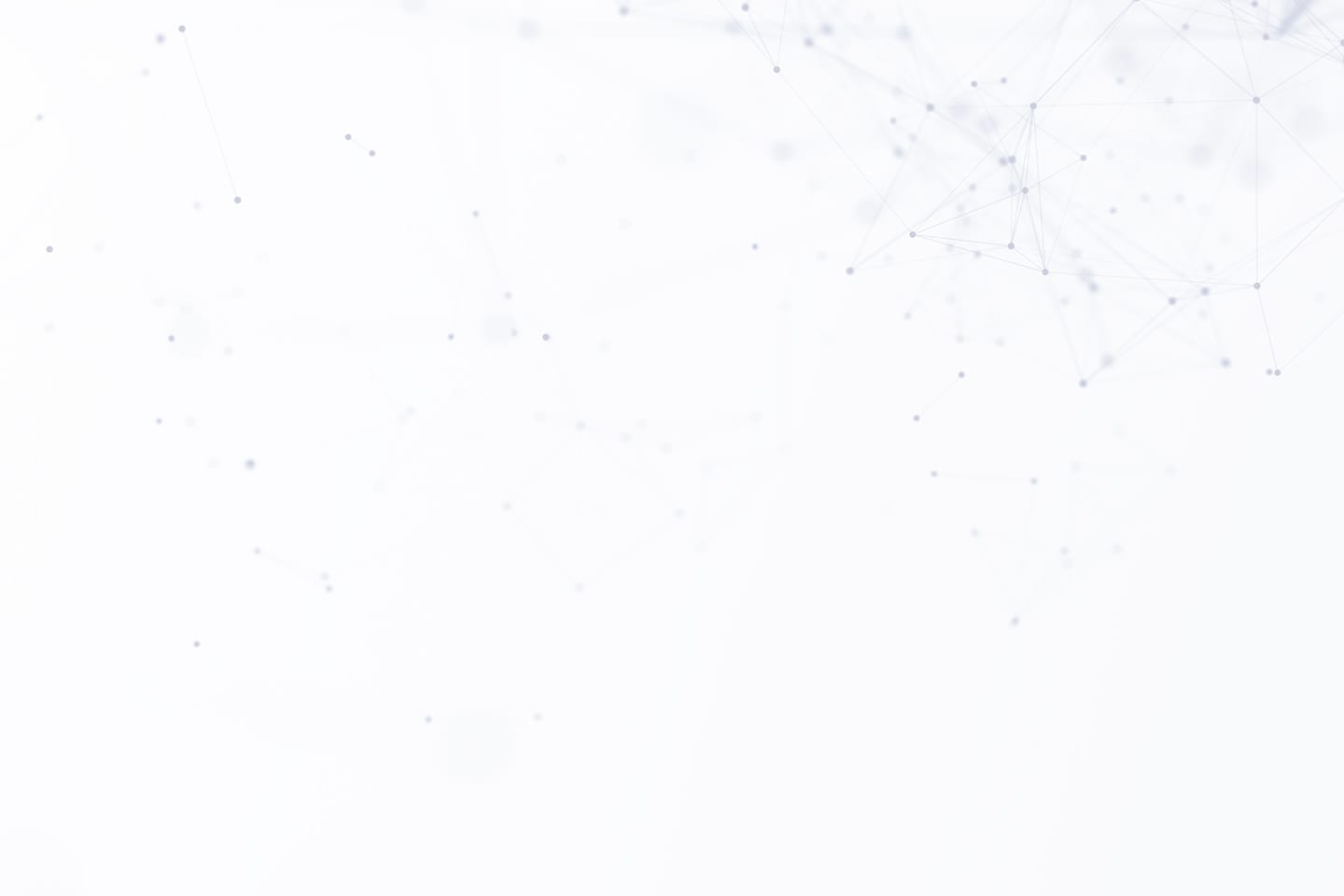Development of a novel neural regeneration therapy targeting endogenous stem cells specifically induced during cerebral infarction pathology
Information updated: July 31, 2023
- Seeds Information
- Researcher Information
- What do you expect from collaboration with companies?
- Contact for this research
Seeds Information
keyword
Stem cells, cerebral infarction, neural regeneration, traumatic brain disease, regenerative medicine
Field
Central
Overview
In recent years, regenerative medicine has progressed at a dizzying pace, and the development of regenerative therapies that apply stem cells is expected. In our division, we have been independently attempting to discover endogenous neural stem cells that are induced in vivo under brain injury pathology using cerebral infarction-induced mice, aiming to develop neural regeneration therapy by utilizing them. As a result, we were the first in the world to discover that endogenous neural stem cells (injury-induced stem cells: iSCs) that have the ability to differentiate into these three lineages are produced in the brain tissue (infarcted lesion) after cerebral infarction, although mature neurons, astrocytes, and oligodendrocytes are lost, and we also succeeded in isolating them (European Journal of Neuroscience, 29, 1842-1852, 2009). In our division, we are using these iSCs to elucidate the mechanism of neural regeneration and develop new neural regeneration therapies. It is also becoming clear that iSCs with neural differentiation potential exist in human cerebral infarction lesions (Stem Cells and Development, 26, 787-797, 2017). Therefore, it is believed that identifying factors that regulate the proliferation and neural differentiation of these stem cells will lead to the development of new neural regeneration therapies.
What's new?
Previously, it was believed that only necrotic neurons and inflammatory cells existed within the infarcted cerebral lesion, but we have demonstrated the presence of endogenous injury-induced stem cells (iSCs) in both mice and humans.
We obtained in vitro and in vivo data supporting the potential of iSCs to promote neurological recovery after cerebral infarction.
What are its advantages over other studies?
It has the following advantages over existing regenerative medicine technologies:
Advantages over MSCs
Although MSCs can differentiate into mesothelial cells such as bone, fat, and cartilage, unlike iSCs, they do not differentiate into Physiology functional neural cells.
Advantages over other technologies
Neural stem cells derived from ES cells, fetal cells, iPS cells, etc., have many serious issues, such as carcinogenicity, ethics, and rejection reactions, but iSCs can avoid these problems.
Uniqueness of iSCs
Since iSCs are stem cells that appear during the regeneration process after brain injury, it is hoped that regenerative therapy that utilizes the patient's own tissue repair program will be possible.
What problem does it help solve?
Neurological recovery after cerebral infarction
Possibility of other applications and developments
Neurofunctional recovery after traumatic brain injury
Related Patents
Patent No. 4481706: Title of invention: "Cerebral infarction disease model mouse"
Related papers
Reference Chart
―
Researcher Information
| full name | Takayuki Nakagomi |
|---|---|
| Affiliation | School of Medicine Institute for Advanced Medical Sciences Laboratory of Neural Repair and Regeneration |
| Specialization | Central |
| Collaborative Researcher | Akiko Doi |
| Related links | Course introduction website |
What do you expect from collaboration with companies?
In our department, we have a stock of injury-induced stem cells (iSCs) isolated and established from cerebral infarction lesions, and we can investigate the effects of your drugs and compounds on iSCs (evaluation of proliferation ability and cytoprotective effect on iSCs, evaluation of neural differentiation ability of iSCs, etc.). We can also propose joint research for drug development targeting hit compounds.
Contact for this research
兵庫医科大学 大学事務部 研究推進課
E-mail: chizai@hyo-med.ac.jp
Tel: 0798-45-6488

 Research Seeds Collection
Research Seeds Collection